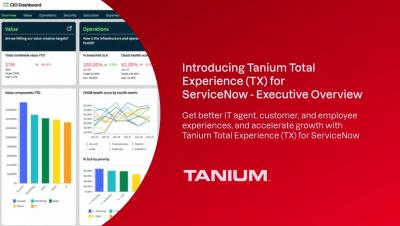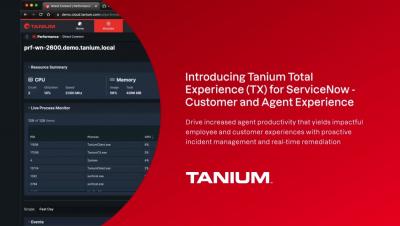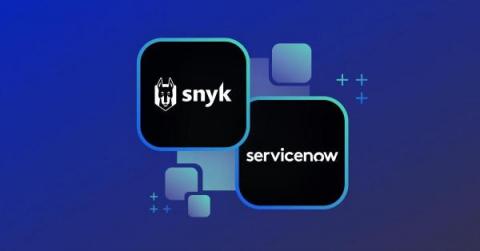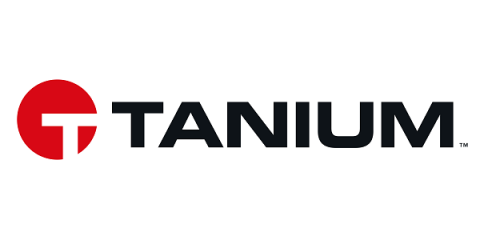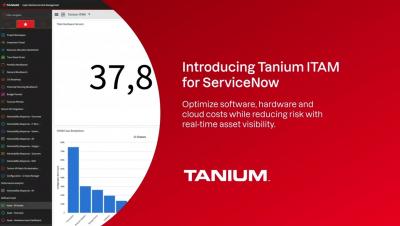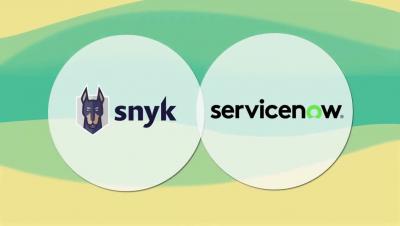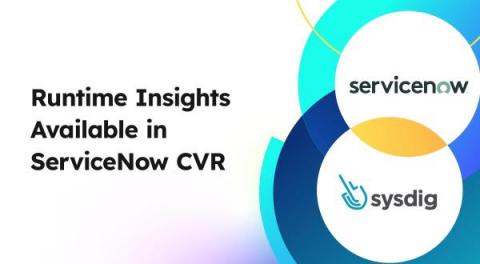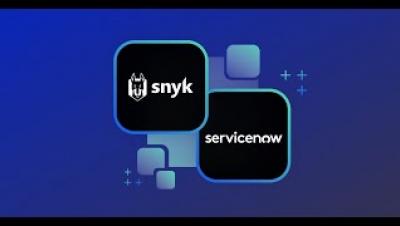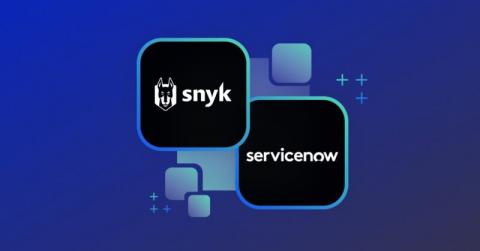Security | Threat Detection | Cyberattacks | DevSecOps | Compliance
ITSM
Tanium Total Experience (TX) for ServiceNow - Customer and Agent Experience Overview
Snyk and ServiceNow collaborate on new SBOM solution
ServiceNow’s biggest event of the year — Knowledge 2023 — is here, and Snyk is excited to be a part of it with some big news! Back in January, we announced Snyk Security for Application Vulnerability Response to bring Snyk Open Source software composition analysis to ServiceNow Security Operations.
Differentiate your business and accelerate growth with Total Experience (TX) for ServiceNow
For a competitive advantage, transform agent, customer, and employee experiences with proactive incident management via self-service software management and real-time incident remediation.
Demo: Tanium ITAM for ServiceNow
The First Software Composition Analysis (SCA) Integration for ServiceNow With Snyk
Reduce resolution time for container vulnerabilities with ServiceNow & Sysdig
Today, security and development teams are drowning in vulnerabilities. Most security tools identify issues, but don’t provide reliable prioritization or simplify remediation. To help solve these challenges, Sysdig runtime vulnerability management – part of Sysdig’s Cloud Native Application Protection Platform (CNAPP) – provides a runtime image scanner coupled with an eBPF probe to analyze container behavior and identify the vulnerable packages that are in use at runtime.
Do You Trust the Data in Your Configuration Management Database (CMDB)?
With Tanium, you can have a complete, accurate and up-to-date view of your enterprise hardware, software and virtual asset inventory integrated with ServiceNow’s CMDB.
Snyk enhances ServiceNow with comprehensive insights into vulnerabilities in open source software
We’re excited to announce a new partnership to bring Snyk security insights to ServiceNow workflows. The integration between Snyk Open Source and ServiceNow Application Vulnerability Response, the first of its kind, gives application security teams visibility into vulnerabilities in open source dependencies to provide a complete view of an organization’s application security posture.


